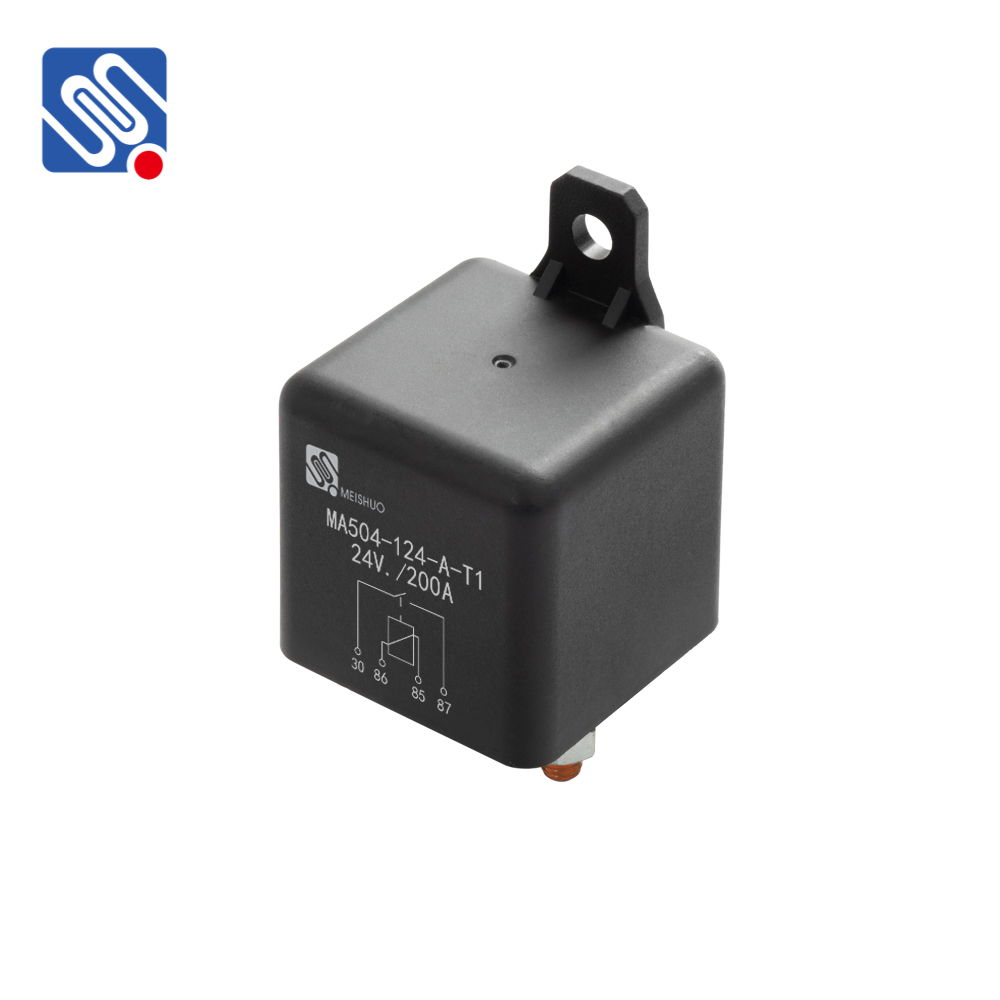Relay installation is a fundamental part of any electrical or automation system. Relays are crucial components that help control circuits remotely, enabling electrical devices to turn on or off based on a low-power signal. The correct installation of relays ensures system reliability, safety, and efficiency, making it vital to understand the steps involved in the installation process. In this article, we will discuss the essential steps and considerations for installing relays in an electrical system.

Understanding the Basics of Relays A relay is an electrically operated switch that allows a low-voltage signal to control a high-voltage circuit. The relay has two main parts: the coil and the contacts. When current flows through the coil, it generates a magnetic field that pulls the contacts together or pushes them apart, depending on the relay’s type. This operation allows the relay to control various devices like motors, lights, alarms, and more. Relays come in different types, such as electromagnetic, solid-state, thermal, and reed relays, each suitable for specific applications. Selecting the appropriate relay for a given task is the first step in ensuring a successful installation.